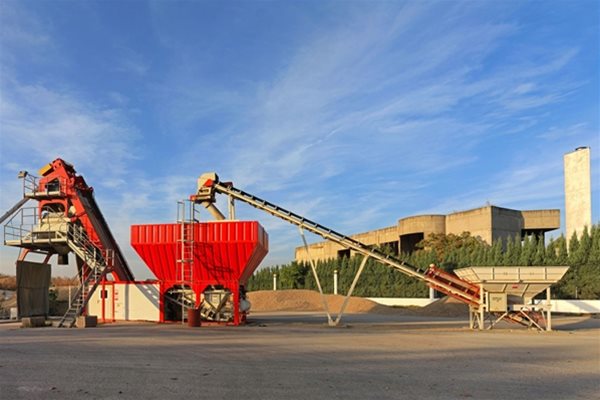Mobile dry and wet-bin concrete batching plant usage

Concrete batching plants play a pivotal role in construction by mixing cement and various materials like aggregates, fly-ash, potash, and sand with water to create concrete. These plants offer versatility and can be tailored to meet local environmental regulations and boost job site efficiency. Here, we explore different types of concrete batching plants and the technological advancements that have mitigated concerns related to noise and dust pollution.
Types of Concrete Batching Plants
-
Central Stationary Batch Plant: This fixed plant is ideal for large-scale projects. It provides consistency and precision in mixing, ensuring a reliable supply of concrete.
-
Ready-Mix Plant: Ready-mix plants deliver pre-mixed concrete to the construction site. They are known for their convenience and speed, reducing on-site mixing requirements.
-
Wet or Dry-Bin Mobile Concrete Batching Plants: Mobile plants are highly adaptable and can be set up near the construction site. They come in wet and dry variants, each with its own advantages.
Advancements in Noise and Dust Control
In the past, concerns about noise and dust pollution marred the reputation of concrete batching plants. However, modern technology has brought about significant improvements. Let's delve into how these plants operate:
Dry Bin-Fed Concrete Batching Plant:
- Aggregates: Coarse and fine aggregates are stored separately.
- Transport: Aggregates are transported to a compartmentalized hopper via a conveyor belt.
- Weighing: Aggregates are weighed and transferred to an agitator.
- Cement: Cement is stored in a separate silo and weighed before being added to the agitator.
- Mixing: The right amount of water and admixtures is added according to the required slump type.
- Final Inspection: The concrete undergoes a final inspection before transportation to the construction site.
For instance, the Hydromix/Sami Model Tecno 3-100 dry-batch concrete batching plant, available at Utranazz, offers a maximum concrete output of approximately 65m³/hour (with a maximum theoretical output of 100m³/hour). It features weigh hoppers with extension boards, a precise down-weighing system, and fold-away hydraulic off-loading legs for easy transport.
Wet Bin Concrete Batching Plants
In wet bin plants, concrete is pre-mixed within the plant before loading it into agitator trucks. This approach minimizes on-site dust emissions and enhances the consistency of the mix.
Environmental Considerations
While concrete batching plants reduce transportation costs and enhance efficiency, they also pose environmental challenges. To minimize their impact, operators must address key concerns:
- Dust Control: Implement measures to control dust generated from stored dry materials.
- Noise Management: Address noise generated during loading and mixing processes.
- Water Alkalinity: Manage the alkalinity content of water generated during batching.
The goal for concrete batching plant operators is to responsibly manage these environmental factors, remaining mindful of potential impacts while contributing to construction efficiency and quality. By embracing modern technologies and environmental best practices, the industry can continue to evolve in a sustainable direction.